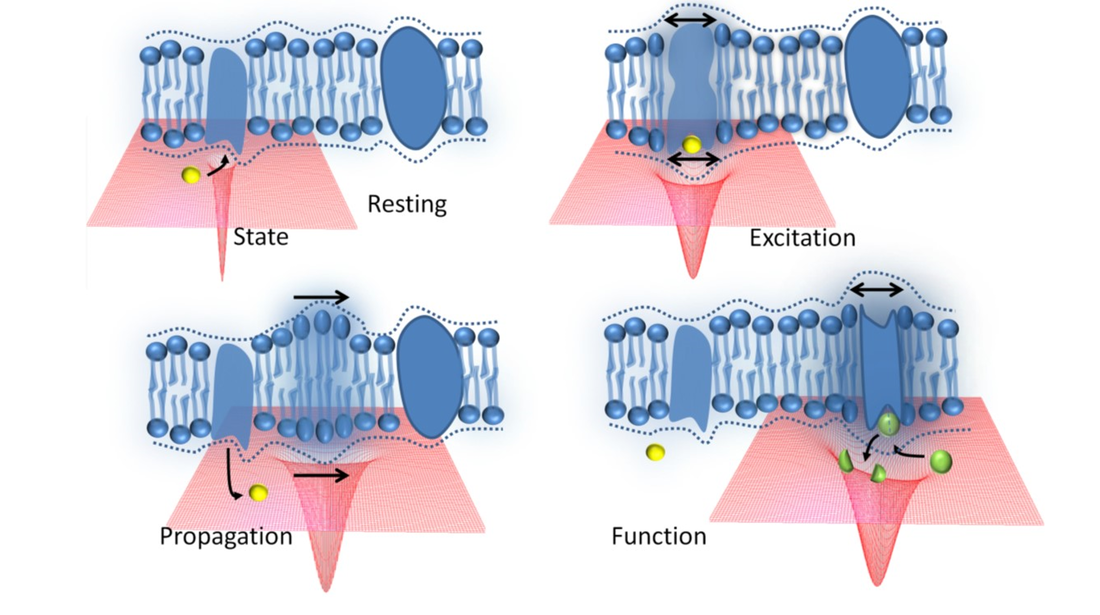Here I publish popular descriptions of my latest publications along with perspectives on my current state of research
Shamit Shrivastava - Medium
Read writing from Shamit Shrivastava on Medium. Biophysics of sound in membranes and its applications. Post Doctoral Researcher, Engineering Sciences, University of Oxford, UK www.shamits.org.

 RSS Feed
RSS Feed